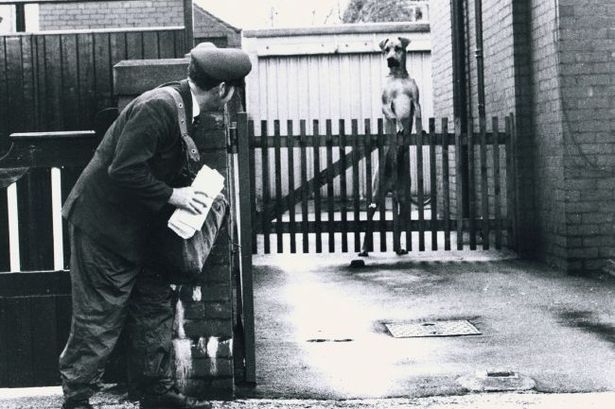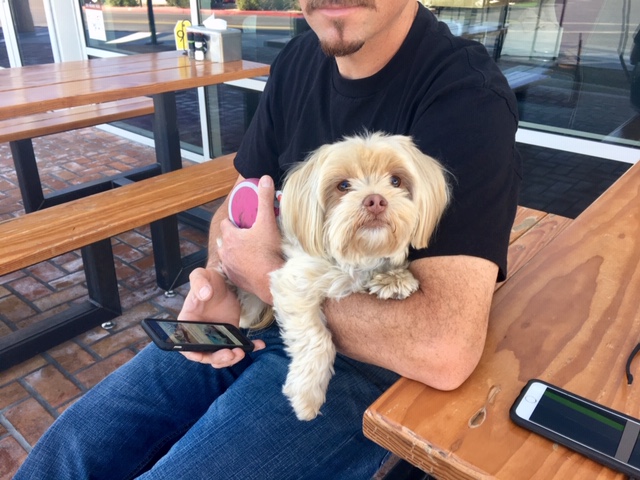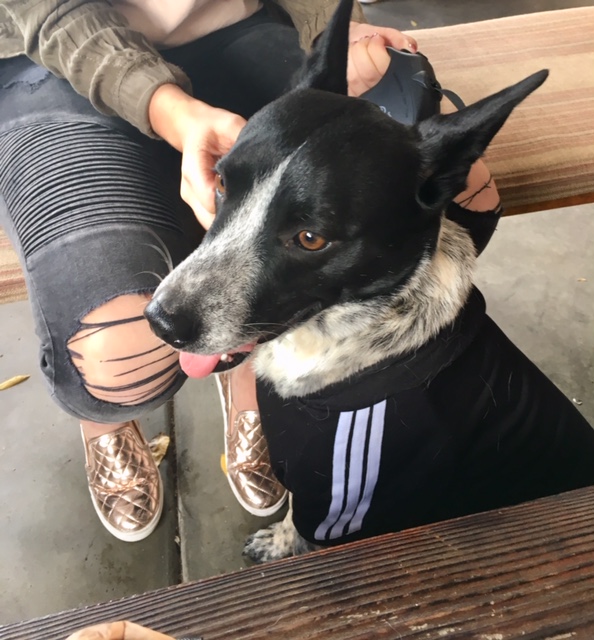Monsoons and your dog
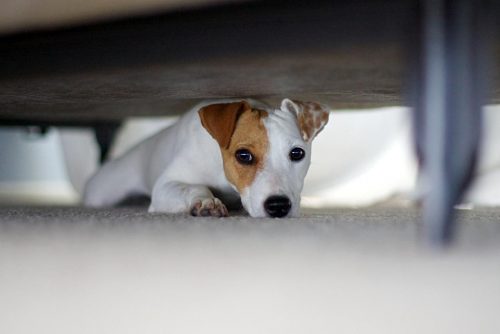
It’s that time in Phoenix, when the monsoon storm clouds roll in and dogs sneak under beds to escape the booming sounds. Does your dog suffer during this rainy, noisy season?
Happy to report that in this house the Beagle is can hear a cheese bag rustle from three doors down but she seems tone deaf to thunder and lightening.
We asked Alexis Siler, clinical assistant professor, Midwestern University College of Veterinary Medicine and the Midwestern University Companion Animal Clinic for her suggestions on helping dogs during monsoon season:
How can I calm my dog when it thunders outside during monsoons?
ThunderShirts can be helpful if your dog is fearful or anxious during storms. They hug your dog’s body to apply gentle pressure to hopefully make them feel more secure.
Often dogs will try to hide to avoid thunderstorms. If your dog seems anxious or restless, you may want to try providing a safe place for him to go. This secure space should be readily available, especially if nobody is home. You can also try closing doors and windows. Or you can use white noise or music to block out the sounds.
If your dog is food motivated, you can engage them in fun exercises like food puzzle toys, etc.
You might try playing recordings of thunderstorm sounds and pairing that with pleasant outcomes, such as treats or a new toy, to desensitize your dog to storms.
If your dog exhibits extreme or persistent anxiety, consult with your veterinarian since these animals may need rapidly-acting anti-anxiety medications.
Are there things I shouldn’t do during the monsoon?
It’s also important not to panic or show your dog your own anxiety to avoid making it worse for them. Any change in your behavior (holding, cuddling, consoling, etc.) can easily condition a fear response and exacerbate the anxious behavior.
If your dog’s anxiety is minimal and recovers quickly, ignore the behavior so he may adapt to storms.
Why does my dog freak out during thunderstorms?
Fear of thunderstorms is a common concern. One thought is that loud noises from overhead are difficult for dogs to orient to, which makes them anxious. Many dogs adjust to the sounds of a thunderstorm, but some are more sensitive and the fear can become worse with each exposure. The degree of anxiety a dog feels is based on the dog’s perception of the noise as a threat.
Are certain breeds more affected than others?
Thunderstorm phobias can occur in any breed, but some believe herding breeds and cross-breeds are at an increased risk.
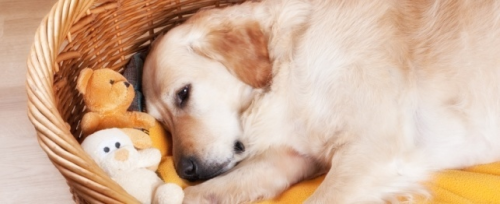
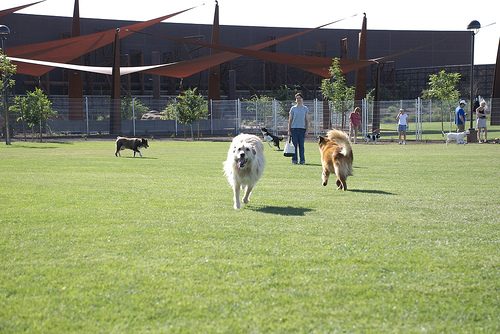
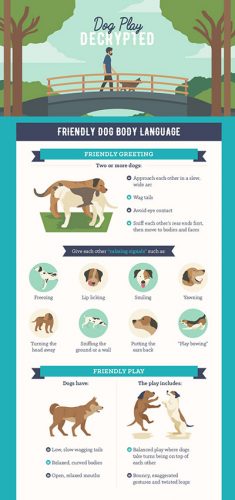

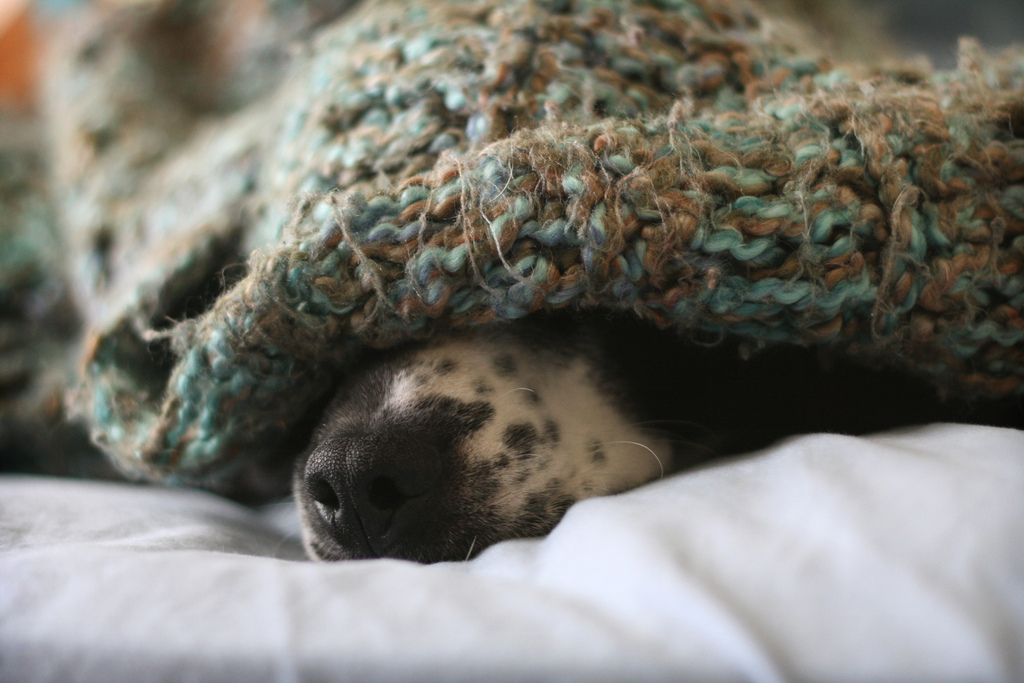 How do dogs sleep under the covers and not suffocate?
How do dogs sleep under the covers and not suffocate?